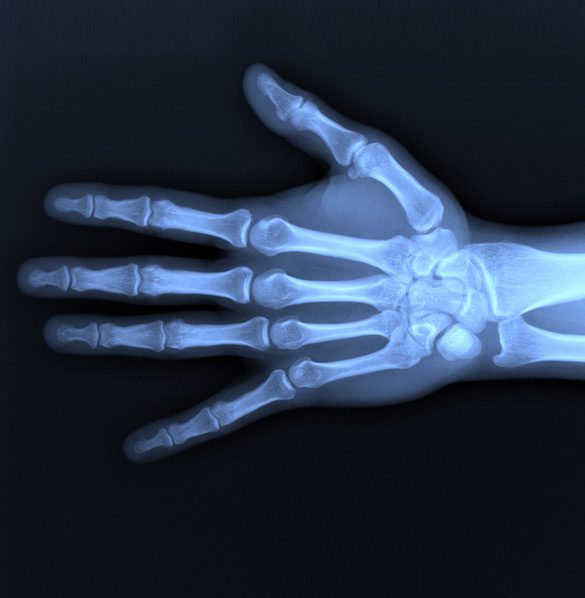Minimally invasive arthroscopic surgery has advanced to the point where it’s often recommended when conservative remedies aren’t effective. Such operations typically reduce healing and recovery times for patients and minimize trauma to nearby muscles. Less invasive procedures to correct issues with shoulders, hips, wrists, ankles, and knees, in particular, are increasingly common and consistently reliable.

Arthroscopic Shoulder Surgery
Rotator cuff tendon tears, frequent dislocations, and pressure on muscles that increases compression (impingement syndrome) are among the common shoulder conditions corrected arthroscopically. Corrective procedures are done to strengthen muscles, bones, cartilage, and tendons responsible for keeping the arm securely in the shoulder joint. Damaged tissues are removed through small incisions and small rivets (suture anchors) are used to attach tendons back to adjacent bone.
Arthroscopic Knee Procedures
The knee joint is especially susceptible to injury from over-extension or hard impacts. Often resulting in less pain and joint stiffness due to the way procedures are performed, arthroscopic knee surgery is frequently done to repair a torn meniscus, repair or reconstruct a torn ACL, stabilize the patella (kneecap), or remove inflamed synovial tissue. Minimally invasive knee procedures may correct:
- Meniscal (cartilage) tears
- Damage to the cartilage cushion (chondromalacia)
- Anterior cruciate ligament tears
Arthroscopic Hip Surgery
When used for diagnostic purposes, an arthroscopy of the hips can determine if there is clearly identifiable source of hip pain. If a minimally invasive procedure may provide relief, access points are created to insert special surgical tools. Arthroscopic hip surgery may be performed to remove loose cartilage fragments or treat labral tears near the hip socket or hip impingement related to osteoarthritis.
Arthroscopic Ankle Surgery
Loose bone or cartilage around the ankle area isn’t usually something that can be corrected without surgical intervention. Performed with a fiber-optic camera, arthroscopic ankle surgery is sometimes done to restore flexibility to an ankle by repairing ligament or tendon damage or relieving tension caused by tight or constricted tissues. Arthroscopic ankle fusion is a less invasive alternative to traditional fusion surgery that can also stabilize an ankle. Similar procedures may be performed to:
- Remove scar tissue within the ankle
- Wash out and cleanse an infected joint
- Correct an osteochondral defect
- Repair soft tissue damage affecting the ankle joint (synovitis)

Arthroscopic Wrist Surgery
Carpal tunnel syndrome is one of the most common acute or chronic conditions that may affect joints and tissues in wrists. Wrist arthroscopy can be performed with instruments like forceps, shavers, and knives attached to an arthroscope on any of the eight small bones and connecting ligaments that make up each wrist. Minimally invasive surgery may be done to ease chronic pain, repair fractures, remove ganglion cysts, or fix torn ligaments to restore full range-of-motion to the affected wrist.
Arthroscopic surgery is sometimes done for the purpose of looking inside shoulders, hips, wrists, ankles, and knees to determine what’s causing pain or limiting mobility. After the specific source of discomfort is determined, more precise arthroscopic procedures can be performed to restore function, relieve nerve pressure, or increase stability.
